1. Reusing Containers for Everything

If you ever opened your grandma’s fridge and found a butter container filled with leftover stew, you know exactly what this is about. Grandparents had a magical way of making every container live a second, third, or even tenth life. Pickle jars became vases or drinking glasses, and cookie tins became sewing kits. It wasn’t about aesthetics—it was about utility and saving money by not buying storage containers. Even takeout trays and yogurt tubs got a second chance shares the Cool Down.
Today, reusing containers isn’t just thrifty—it’s smart and sustainable. Why spend money on plastic organizers when you already have them? Plus, glass jars are all the rage now for pantry storage and meal prep. Turns out Grandma’s “junk drawer” was actually a curated collection of reusable tools adds CNET.
2. Hanging Clothes on the Line
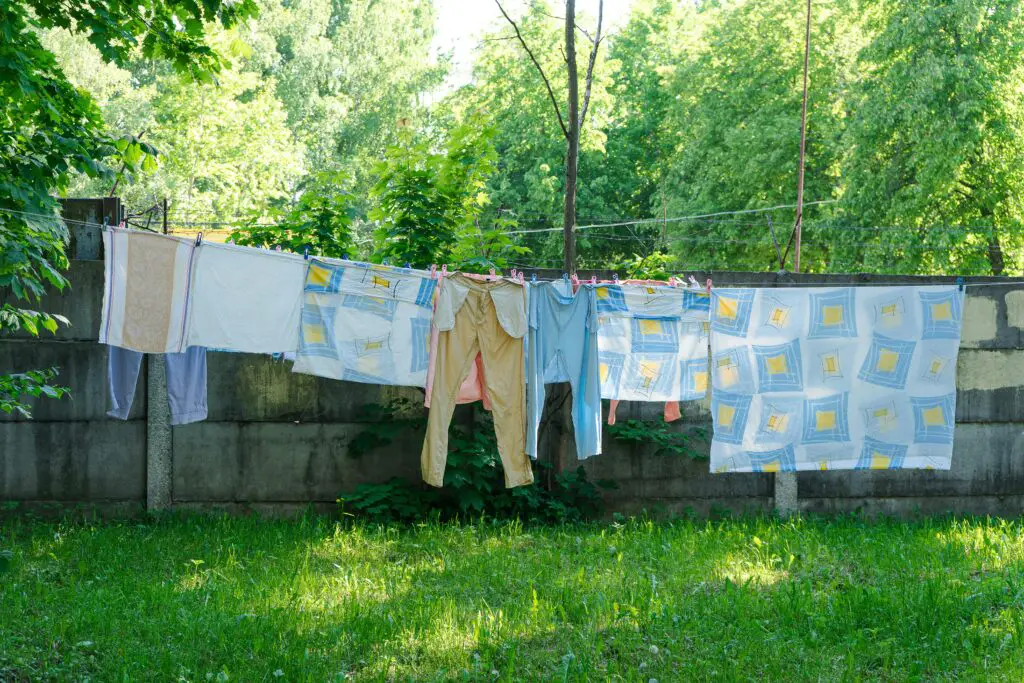
Before dryers were in every home, hanging clothes on a line was just what you did. Grandparents knew that the sun could do wonders—not only drying your laundry but whitening it naturally too. That fresh scent of line-dried sheets? It beats anything that comes in a bottle. It took more time, sure, but it was free and gentle on fabric says Homes and Gardens.
These days, with energy prices creeping up and a push to go green, the clothesline is making a comeback. Air-drying can extend the life of your clothes and shrink your electricity bill. It’s also oddly relaxing to hang laundry out on a breezy day. Once you start, it’s hard to go back to the hum of the dryer adds the Guardian.
3. Mending Clothes Instead of Tossing Them
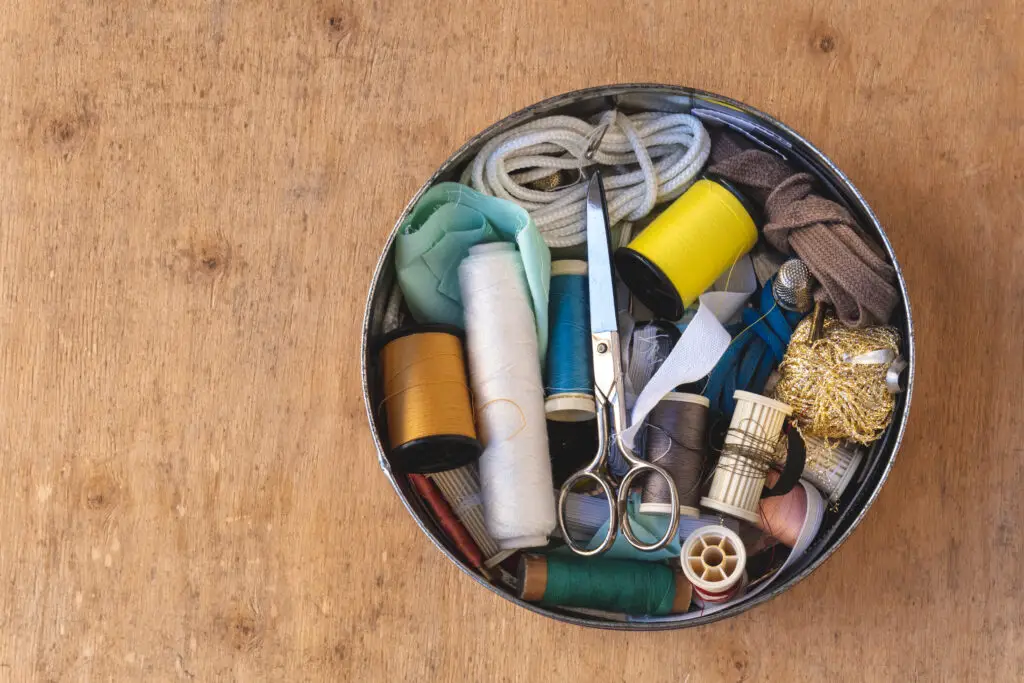
Grandparents didn’t toss a shirt because of a loose button or a small tear. They had sewing kits at the ready, and most knew how to stitch, patch, or hem without batting an eye. Some of us grew up watching our grandparents darn socks or iron on patches to worn jeans. They saw clothing as an investment worth maintaining.
Now, mending has become both a budget-friendly move and a cool, crafty hobby. Visible mending is even a trend, turning repairs into a form of art. Learning a few basic stitches can save a lot in the long run. Plus, it feels pretty empowering to fix something instead of throwing it away.
4. Saving Bacon Grease
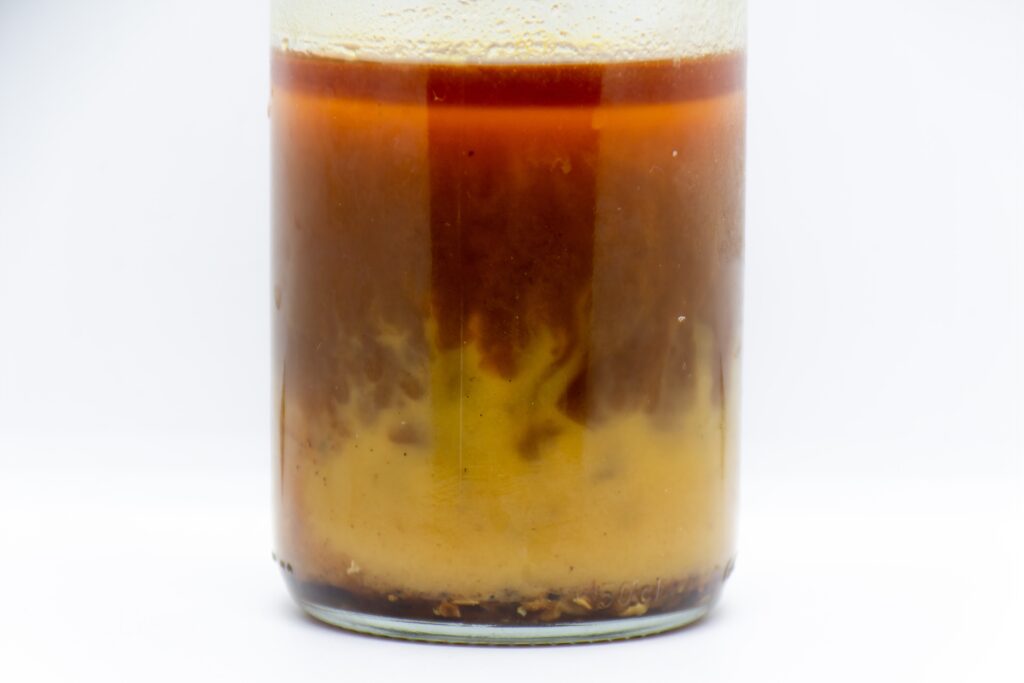
If you had grandparents who cooked, there was probably a tin can near the stove filled with bacon drippings. They didn’t waste fat—they saved it and used it to flavor beans, fry potatoes, or season cast iron. It was like liquid gold, and it made everything taste better. Why buy cooking oil when you already had some with built-in flavor?
Now, chefs and home cooks alike are rediscovering the magic of bacon grease. It adds richness and depth to so many dishes, and using it means less waste. Stored properly, it lasts a good while, and a little goes a long way. Grandparents weren’t being frugal just for the sake of it—they were being flavor geniuses.
5. Growing Their Own Food
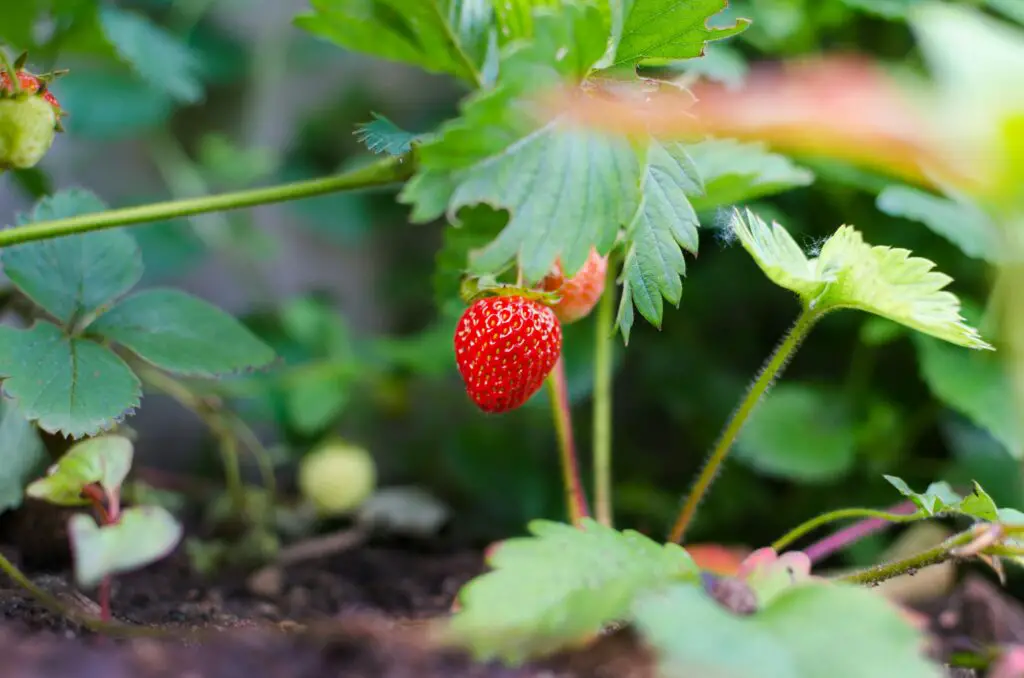
Even a small backyard garden could feed a family, and many grandparents used their plots wisely. Tomatoes, beans, cucumbers—you name it, they grew it. Some had entire pantries filled with canned goods from their own harvests. It was a lot of work, but it brought pride and real savings at the grocery store.
Now, with prices going up and people more interested in where their food comes from, home gardens are blooming again. Even apartment dwellers are growing herbs and veggies in containers. Gardening can save money, reduce food waste, and offer a sense of peace. Plus, there’s nothing like biting into something you grew yourself.
6. Cooking from Scratch
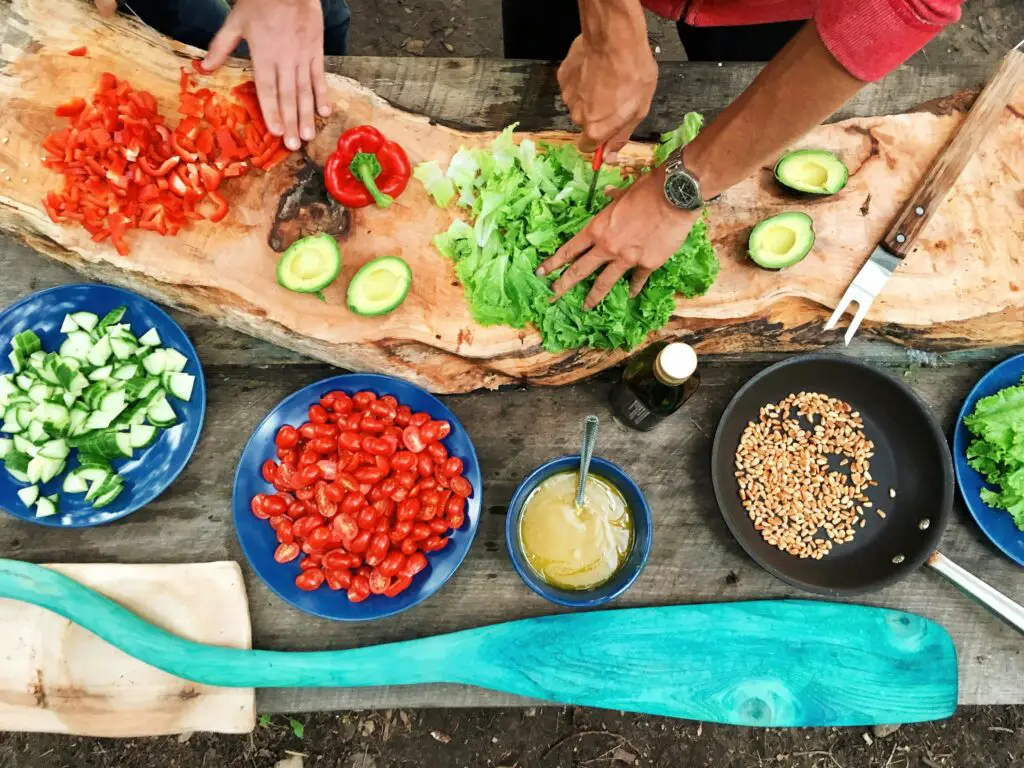
Back then, convenience foods weren’t the norm—and when they did exist, they weren’t cheap. Grandparents cooked real meals from simple ingredients. They kneaded dough by hand, made their own sauces, and could whip up dinner with what was in the pantry. Takeout was rare, and so were microwaves.
Cooking from scratch can seem time-consuming, but it’s often healthier and far more affordable. A pot of homemade soup can stretch for days and cost far less than fast food. With a few basic skills, you can turn humble ingredients into something wonderful. And you might even find that cooking becomes your favorite part of the day.
7. Making Do and Doing Without

The idea of “making do” wasn’t just a phrase—it was a lifestyle. Grandparents often waited to buy things or figured out how to get by without them. They repurposed items, borrowed tools, or just did without until it really made sense to spend. It taught them to be resourceful and appreciate what they had.
In our current age of instant gratification, there’s something refreshing about that mindset. Delaying a purchase can give you time to make better decisions and save money. It also reminds you that happiness doesn’t come from stuff. Living with less can actually feel freeing.
8. Collecting Rainwater

Whether it was a big barrel or just a few buckets under the gutter, many grandparents collected rainwater. They used it for watering plants, washing cars, or cleaning windows. It was a simple way to cut back on the water bill and make use of something that literally fell from the sky.
Nowadays, rainwater collection is encouraged in many places for conservation. Some areas even offer rebates for installing rain barrels. It’s a low-effort, high-reward habit that’s both eco-friendly and cost-saving. Your garden (and your wallet) will thank you.
9. Buying Quality Over Quantity
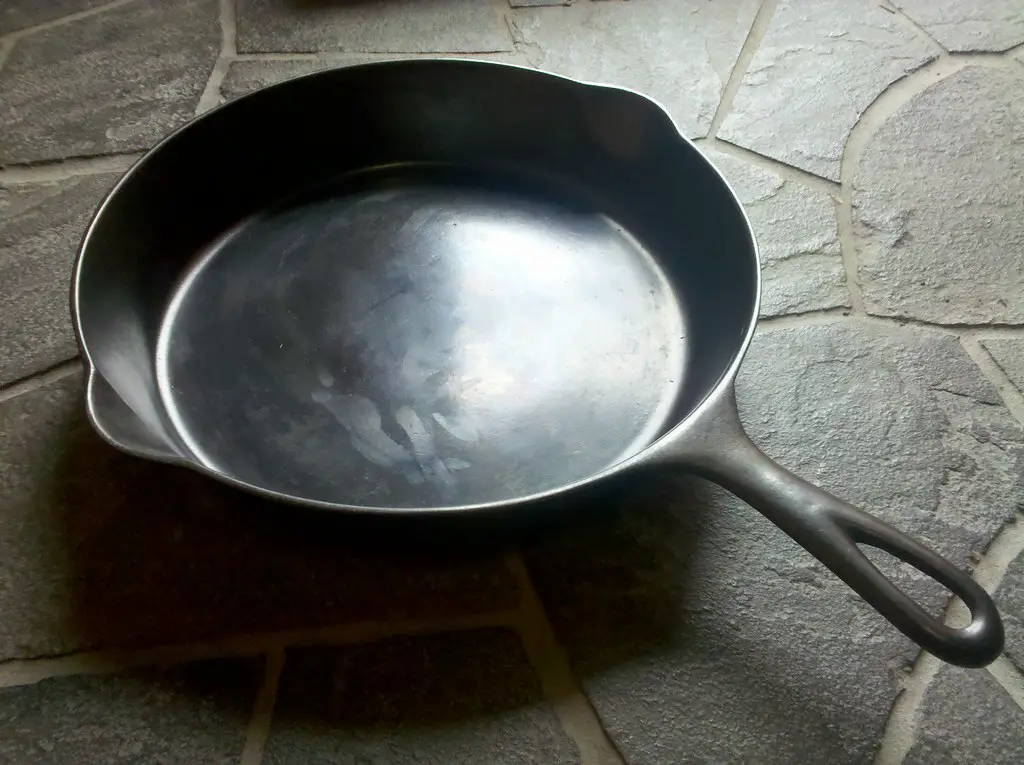
Grandparents were often willing to spend a little more if something was built to last. Whether it was a sturdy pair of shoes or a cast iron skillet, they believed in value. They didn’t chase trends—they bought what they needed and made it last. Some of those purchases are still around today.
That idea of investing in quality has come back into style. Buying one good item can often be cheaper than buying five cheap ones that fall apart. It’s a smarter long-term strategy, and it reduces waste too. Just like Grandma’s wool coat or Grandpa’s toolbox, good things can stand the test of time.
10. Using the Library

Instead of buying books, magazines, or movies, many grandparents just went to the library. It was free, quiet, and full of treasures. Some even attended classes or borrowed tools and seeds from their local branch. The library was more than a building—it was a community hub.
In a digital age, libraries are still incredibly valuable. You can access e-books, audiobooks, and even streaming services with a library card. They offer free internet, classes, and tons of resources. Using the library is still one of the smartest ways to save money while enriching your life.
11. Making Homemade Gifts
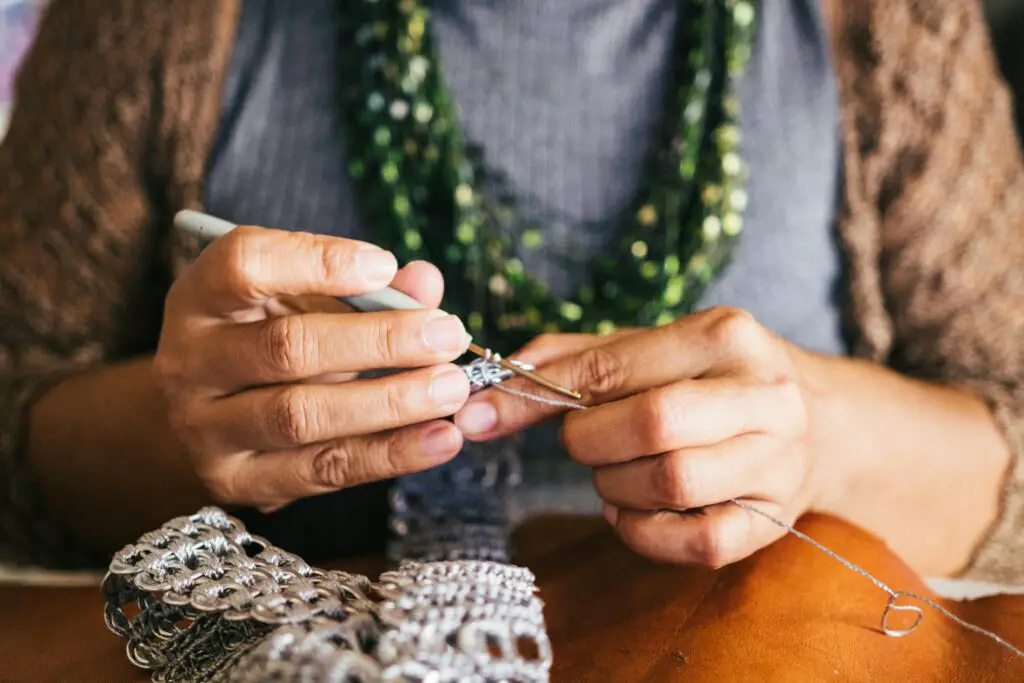
A jar of jam, a knitted scarf, or a handmade ornament—grandparents knew that gifts didn’t need to be expensive to be meaningful. They put time and love into what they gave, and it showed. It wasn’t about being cheap; it was about creating something special. Homemade gifts often became the most cherished ones.
Today, with so much mass production, a handmade gift feels extra thoughtful. Whether it’s baking a batch of cookies or crafting a card, it can save money and bring real joy. It also makes holidays and birthdays feel more personal. Just like in the old days, it’s the thought that counts.
12. Stretching Meals

Leftovers weren’t just reheated—they were reinvented. Last night’s roast could turn into today’s stew or tomorrow’s casserole. Grandparents knew how to stretch a chicken to feed a family for several meals. It wasn’t boring—it was practical and often delicious.
Meal planning and stretching ingredients is making a huge comeback. With just a little creativity, you can make your grocery dollar go much further. It’s also a great way to cut food waste and reduce trips to the store. Turns out, Grandma’s way of cooking was less about scraping by and more about smart strategy.
